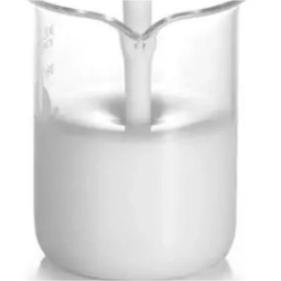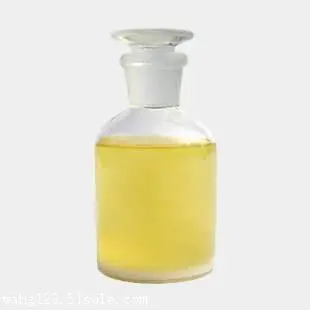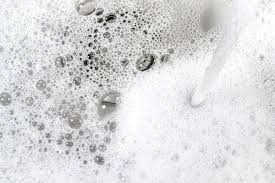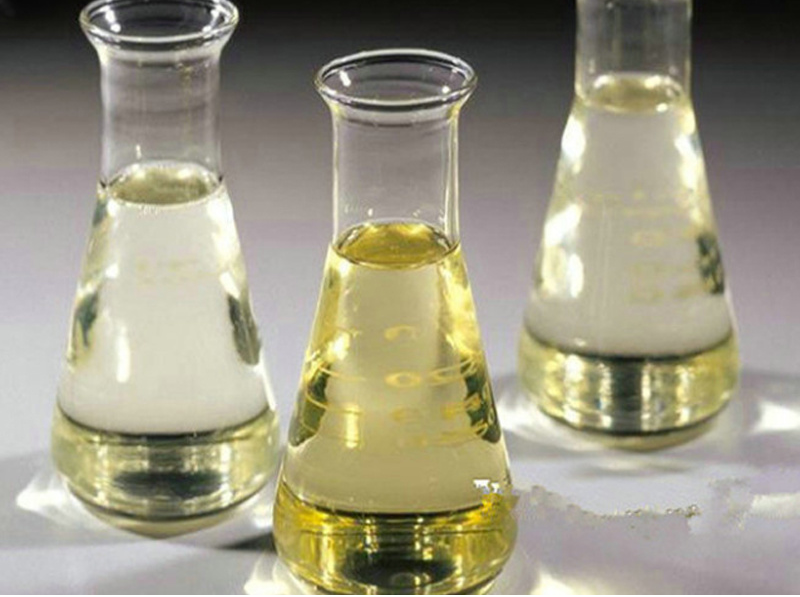**Title:** The Surprising Science: Can BTMs and Surfactants Actually Mix?
(Can You Mix Btms And Surfactants)
**Main Product Keywords:** BTMs, Surfactants
**Content:**
1. **What Exactly Are BTMs and Surfactants?**
Think of BTMs (Behentrimonium Methosulfate) as the bodyguards of your hair and skin formulas. They are cationic conditioning agents. They carry a positive charge. This charge loves to stick to damaged, negatively charged hair and skin. BTMs make hair feel soft, smooth, and manageable. They reduce frizz and static. They are thickeners too, often coming as waxy pastes.
Surfactants are the multitaskers. They are surface-active agents. Their name comes from that. They have a love-hate relationship with water and oil. One end of the molecule likes water. The other end hates water and loves oil and grease. This split personality lets surfactants clean. They lift dirt and oil off surfaces. They let oil mix with water so it rinses away. Surfactants create foam and lather. They are the backbone of shampoos, body washes, dish soaps, and laundry detergents. Common types include sulfates (like SLS, SLES), betaines (like Cocamidopropyl Betaine), and glucosides (like Decyl Glucoside). Surfactants are usually liquids or powders.
2. **Why Would You Even Want to Mix BTMs and Surfactants?**
Combining BTMs and surfactants seems tricky. They are opposites in charge. BTMs are positive. Most common surfactants are negative (anionic) or neutral (non-ionic/cationic). Opposites attract, right? That attraction is the problem. It can cause them to clump together and fall out of solution. This looks bad. It feels gritty. The product doesn’t work well. So why bother?
The answer is performance. You get the best of both worlds. Surfactants provide essential cleaning and foaming power. BTMs deliver unbeatable conditioning and thickening. Imagine a shampoo. You want it to clean your hair and create a rich lather. You also want it to leave your hair silky, not stripped and tangled. Putting a BTM and a surfactant together can achieve this dual action. Formulators aim for products that cleanse effectively without harshness. They want products that condition without leaving residue or weighing hair down. Mixing these ingredients strategically makes this possible. It saves money. You avoid needing extra steps or complex systems. You create a superior user experience in one bottle.
3. **How Do You Successfully Mix These Opposites?**
Mixing BTMs and surfactants requires careful technique. You cannot just dump them together. They will likely form lumps or separate. The key is managing their interaction. Temperature and order of addition are critical.
First, prepare the BTM. BTMs are often solids or thick pastes. You need to melt them. Gentle heat turns them into a liquid. Keep the temperature moderate. Avoid boiling. Around 70-80°C (158-176°F) usually works. Think of melting chocolate – gentle heat prevents burning.
Second, prepare the water phase. Heat your main water base separately. Match the temperature to your melted BTM. This prevents shock when mixing.
Third, the crucial step: dilution. Never add neat, concentrated surfactant directly to melted BTM. This causes instant clumping. Instead, you need a buffer. Add the melted BTM slowly into the hot water. Stir constantly. You create a hot, dilute solution of BTM in water first.
Fourth, add the surfactant. Only after the BTM is fully dissolved in the hot water should you add the surfactant. Add the surfactant slowly. Stir vigorously during addition. Maintain the heat. Keep stirring until everything is clear and smooth. The hot water and dilution prevent the strong attraction from causing immediate precipitation. The mixture forms a stable, viscous liquid. This liquid is often called a “BTM Conditioner” or “CAT” premix. You let this mixture cool down. Then you add it to your final product formula. This premix approach is the standard method. It works reliably.
4. **Where Do We See This Powerful Mix in Action?**
The BTM-Surfactant combo is everywhere in personal care. Its unique benefits make it popular. Look inside your bathroom.
Shampoos and Conditioners: This is the biggest use. The blend creates “2-in-1” shampoos. These clean effectively. They also condition hair significantly. It appears in conditioning shampoos and cleansing conditioners. It delivers slip and detangling without heavy buildup. Your hair feels clean and soft.
Body Washes and Shower Gels: People want skin to feel clean and moisturized. Adding a BTM-surfactant premix achieves this. It boosts the luxurious feel. It prevents skin from feeling tight or dry after washing. The lather remains rich.
Liquid Hand Soaps: Gentle cleansing is key. Conditioning agents prevent hands from becoming rough. The BTM-surfactant mix offers this balance. It provides good foam and skin comfort.
Car Wash and Detailing Products: A clean, shiny car is the goal. Conditioning agents help protect the paint and make water bead off. Surfactants lift dirt. Combining them creates effective wash and wax products. They clean well. They leave a protective, glossy finish.
Even some facial cleansers use it. They target consumers wanting gentle cleansing plus skin softening. The key is choosing mild surfactants. The BTM adds that touch of conditioning luxury.
5. **Frequently Asked Questions About Mixing BTMs & Surfactants**
People working with these ingredients often have questions. Here are common ones:
Q: My mixture turned cloudy or formed lumps. What happened?
A: This usually means incorrect mixing. Perhaps you added the surfactant too fast. Maybe the temperatures weren’t matched. Perhaps you added BTM directly to concentrated surfactant. Always melt BTM first. Always dilute it in hot water before adding surfactant. Slow addition and good stirring are vital.
Q: Is it normal for the hot mixture to be very thick?
A: Yes, absolutely. The BTM-surfactant complex in hot water is typically very viscous. It often looks like a thick gel or paste. This is expected. It will thin out as it cools down. Don’t panic about the initial thickness.
Q: Can I use any surfactant with BTMs?
A: Mostly yes, but with care. Anionic surfactants (like SLS, SLES) work best with the standard method. Non-ionic surfactants (like Decyl Glucoside) also mix well. Avoid highly cationic surfactants. They might compete or cause issues. Betaines (amphoteric surfactants) are great partners. They often improve compatibility and feel.
Q: Does this mixture make the final product safe?
A: Safety depends on the final formula. BTMs and surfactants are generally safe. They are used widely in cosmetics. You must follow usage guidelines. You must ensure your final product passes safety tests. The mixing process itself doesn’t make things unsafe. Proper formulation does.
Q: Can I add the BTM directly to my cold final product?
(Can You Mix Btms And Surfactants)
A: No, this rarely works. BTMs need heat to melt and disperse properly. Adding solid BTM to a cold surfactant solution causes clumping. It will not dissolve evenly. Always use the hot process method described. Make the premix first. Then cool it. Then add it to your final batch.
Inquiry us
if you want to want to know more, please feel free to contact us. (nanotrun@yahoo.com)




